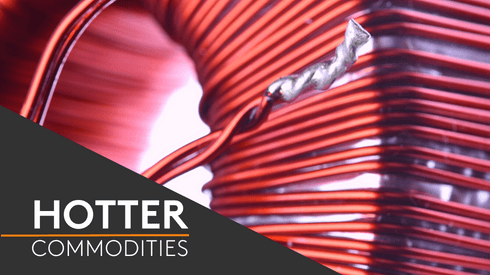On average, an EV uses 83kg of copper, compared with 22-23kg in an internal combustion engine (ICE) vehicle, delegates heard at Metal Bulletin’s battery materials conference in Shanghai.
The largest use of copper in an EV is within the battery pack, which contains up to 40kg of the red metal, with additional uses in wiring loom, electric motors and power inverters.
“Putting these numbers together, pure electric vehicles have a fairly significant use of copper compared with cars with internal combustion engines,” Wilson said.
“We could see as much as 10 million tonnes of copper being used, purely in EVs, by 2040,” Wilson said, assuming a complete ICE vehicle ban by that time and annual EV sales of 120 million units.
Under a scenario of “accelerated uptake” of EVs, which assumes falling battery costs and increasing commitments from EV manufacturers, sales would reach 64 million units by 2040, creating about 5.4 million tonnes of copper demand.
“[But] the EV boom can’t happen if there isn’t a boom in energy infrastructure,” Wilson added.
The charging infrastructure required for EVs to become a practical option for consumers is more copper intensive than that for ICE vehicles, which use fossil fuels.
“There is a significant copper impact over and above the cars themselves,” Wilson said, that when added to previous numbers creates 14 million tonnes of additional copper required to meet the 2040 ICE ban scenario.
Under that scenario, copper from the infrastructure sector will increase 1.2 million tonnes and 3.7 million tonnes from the auto sector by 2030.
In the more conservative “accelerated uptake” scenario, 1 million tonnes and 3 million tonnes of additional copper will be required to meet infrastructure and EV needs respectively.
The copper industry is consequently in need of investment now to avoid a shortcoming in supply in the future.
Investment capex is down 50% from $33 billion at the end of 2012, partly due to the end of the commodity super cycle, while current mines face the issue of declining ore grades, delegates heard.
The industry will face a 2.8 million tonne primary copper shortfall by 2025 if there is no increase in capex in the near future, Wilson said.
“If the mining industry doesn’t start investing now, we are going to be facing quite significant shortfalls if we see [the forecast] uptake of EVs and new energy,” he concluded.





